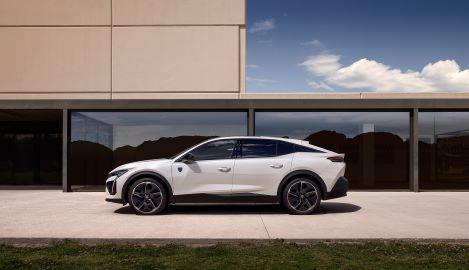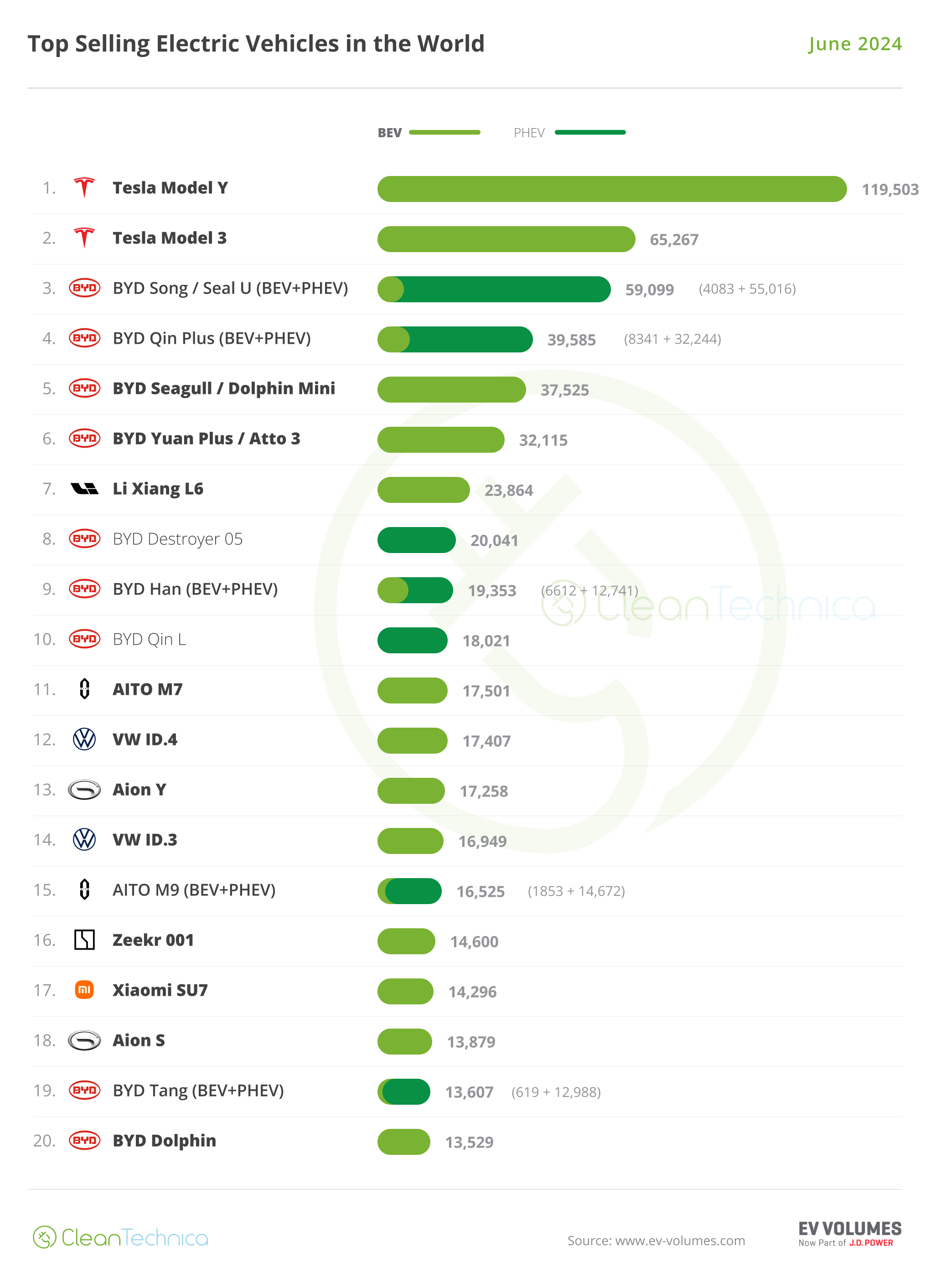Sign up for daily news updates from CleanTechnica on email. Or follow us on Google News!
A hot new story on the EV circuit, especially among those always eager for the EV transition to fail, is that used electric cars aren’t selling particularly well. There’s a lot that’s being said about this matter, some of which is logical, and some of which is not.
First, let’s nail down the actual issues. One issue is that used electric cars are seeing their prices drop more than used non-electric cars (gas-powered cars) in the USA are seeing them drop. A second issue is that electric cars in Germany that have come off leases are sitting unsold for longer than normal, and more and more are sitting for 90+ days, making them “risk inventory.” This matter is also mentioned in the US, but that’s misleading here since used EVs are only sitting on lots for 3 more days than the US average.
I’m not saying everything is rosy and perfect, but there are some nuances to discuss.
In the case of the US, “Prices for secondhand EVs slumped by around a third in the year through October, compared with a decline of just 5% in the overall used market, according to sales data from iSeeCars.com,” Bloomberg writes. Most of the US electric car market is Teslas. The $7,500 EV tax credit was phased out for Tesla vehicles a few years ago. It was revived by the Biden administration and Democrats when they controlled Congress, but it takes time for new policies to be implemented and the tax credit just came back for Tesla at the beginning of 2023. When a new Tesla is suddenly eligible for a $7,500 tax credit, it’s only natural that the value of used Teslas (which don’t get any tax credits) declines to somewhat match that discount. Note that just that $7,500 alone is 15% of $50,000. Another top electric car on the US market, the Chevy Bolt, and other GM electric vehicles also had their tax credits revived.
Again, with Tesla such a large portion of the US EV market, one has to really consider what is going on with Tesla, and the company has cut prices tremendously this year. One possible reason for this is that although demand for the company’s vehicles has grown strongly for years, Tesla has built up production capacity even more quickly and there may be less demand for new Teslas these days than the company expected, leading to it lowering prices more and more in order to sell all the vehicles it’s producing. Tesla is still seeing notable sales growth, but without traditional advertising, the main method of stimulating more sales has been lowering prices. That leads to the value of used Teslas dropping a lot as well.
Overall, the rise of EVs and the wackiness of the COVID market teamed up for some odd trends. When supplies were very limited still and people were getting out of COVID lockdowns and looking to buy new cars, there was a huge mismatch in EV demand/supply. As a result, prices were very high and dealers were notorious for putting enormous markups on EVs. Once production ramped up and supply and demand got smoothened out, prices came down to a more normal reality. Again, though, this means a big change in prices one year after the other.
Then, yes, there are issues with used electric cars that make the used EV market a tough market. The vast majority of electric cars on the road today were produced in the past 10 years, or even in the past 5 years. In fact, there are almost no electric cars out there that were produced more than a decade ago. Without more history than that, we don’t really know how used electric cars will do for another 5, 10, or 15 years. Many people are particularly concerned about the batteries, thinking that if they buy a used electric car, the battery will soon die and they’ll be in big trouble. I think there’s plenty of evidence to suggest that shouldn’t be a common concern, at least for everything other than old Nissan LEAFs, but it’s not easy to break down this concern and dissolve it. On top of that, on the topic of Tesla, the brand is known for reliability issues and is a young company. People may have reservations about buying used ones with no warranty. Heck, I would.
And then there’s also the fact that EV technology is improving quite rapidly, with battery costs coming down year after year and companies creating better and better electric cars. With that being quite well known, it’s not surprising that many EV shoppers want to wait for … the next generation. This certainly affects new-car buyers, but it may affect used-car buyers even more. After all, they can see in detail the brand new models, and, if they can wait, it may seem worthwhile to skip the current crop of used EVs and plan to harvest from the next one.
There are a lot of bad takes out there on the EV market and these used car trends. Most commonly, I’m seeing EV haters claim that people just don’t want electric cars. That’s bull. There are also claims that used-car buyers can’t afford to buy EVs and live the EV life. That doesn’t make a lot of sense, given that electric cars are typically much cheaper to operate and maintain. It is certainly true that charging electric cars can be difficult for people who don’t have home charging or at least workplace charging. Though, there are plenty of used-car buyers who do have home charging and/or a place to charge at work. With the volume of EVs on the used-car market right now, this can’t be a notable issue.
There are surely other issues at play as well. EV subsidies keep changing in various European countries, which, like in the case of the US market, changes demand and acceptable pricing for used EVs. Model variety keeps growing. There are broader economic issues, which may be depressing sales of used cars. And there are unknown unknowns that might be affecting the market.
Overall, big transitions come with challenges. Things change fast, with booms and slowdowns and more booms and more slowdowns. It can be quite difficult to predict short-term and mid-term trends, and various ramifications can appear that are not well anticipated. Approximately 7.5% of new car sales in the US are now electric car sales, and in Europe that figure is 16%. We’re at the beginning of the steep part of the adoption curve if we’re experiencing a typical S-curve for new technology adoption. How that plays out this year and next year may be very different, not to mention the year after that and the decade after that. We’ll see what happens.
In the meantime, it may well be a great time to buy a used electric car. Have a gander if you’re in the market for a used car!
Have a tip for CleanTechnica? Want to advertise? Want to suggest a guest for our CleanTech Talk podcast? Contact us here.
Our Latest EVObsession Video
I don’t like paywalls. You don’t like paywalls. Who likes paywalls? Here at CleanTechnica, we implemented a limited paywall for a while, but it always felt wrong — and it was always tough to decide what we should put behind there. In theory, your most exclusive and best content goes behind a paywall. But then fewer people read it!! So, we’ve decided to completely nix paywalls here at CleanTechnica. But…
Thank you!
CleanTechnica uses affiliate links. See our policy here.





